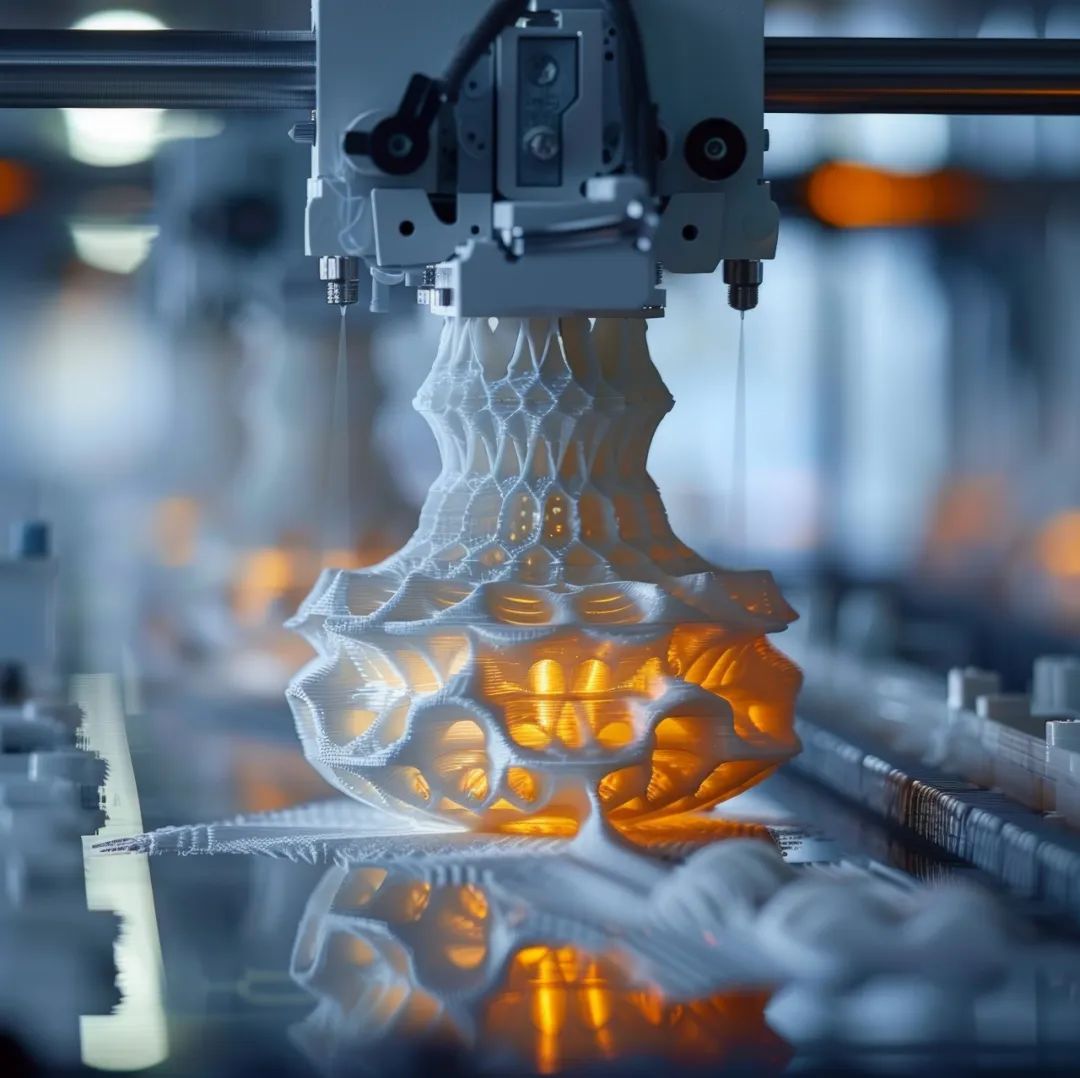| Registro
3D printing is a highly innovative rapid prototyping technology. Based on digital model files, it employs layer-by-layer manufacturing and stacking to ultimately transform virtual digital models into three-dimensional physical objects. This technology breaks through many limitations of traditional manufacturing processes, demonstrating unique advantages and potential. It has brought significant transformations to numerous fields and plays a vital role in the journey toward becoming a manufacturing powerhouse.
The materials used in 3D printing are highly diverse. The technology is compatible with engineering plastics, photosensitive resins, metal powders, ceramic materials, and more. It can even combine different raw materials to achieve composite printing. For example, in the medical field, implants with specific properties can be printed by combining different materials. This material diversity allows 3D printing to meet the needs of various industries and application scenarios, providing vast space for innovation in manufacturing.
Traditional manufacturing techniques are constrained by tooling limitations, restricting product shapes. In contrast, 3D printing decomposes objects into two-dimensional layers, theoretically enabling the fabrication of objects of any shape with virtually unlimited design freedom. The machining precision depends on the minimum material particle size output by the printer. This advantage has been leveraged in aerospace, where complex components that are impossible to produce with traditional methods can be easily achieved through 3D printing.
This breakthrough in manufacturing complexity also significantly shortens product development cycles. 3D printing enables the rapid creation of concept models, facilitating better communication between designers and clients. Additionally, by producing functional prototypes for performance testing, product design parameters can be refined, greatly reducing the time from design to production. For instance, in automotive manufacturing, 3D-printed concept car prototypes allow for quick design adjustments and continuous improvements, optimizing safety, rationality, and ergonomics. In the medical field, customized prosthetics and orthotics can be rapidly printed based on patient needs, reducing delivery times and improving quality of life.
Aligning with the current trend of green and sustainable practices, 3D printing can significantly reduce waste byproducts. Traditional manufacturing methods often involve substantial material waste and energy consumption during production. In contrast, 3D printing achieves precise material utilization and efficient energy management through accurate digital control. For example, in traditional metalworking, approximately 90% of raw metal material is discarded in factory workshops. With advancements in printing materials, "net-shape" manufacturing may become a more environmentally friendly processing method.
As the technology continues to evolve, 3D printing is gradually being applied across various fields. In aerospace and rail transportation, it can be used to produce rocket components, automotive parts, and more. For small-batch part production, 3D printing offers cost advantages, enhancing productivity and enabling large-scale, precision manufacturing. It also supports the production of complex structural components, facilitates topology optimization, and allows the integration of multiple parts into a single unit, ultimately achieving lightweight components.
In the consumer goods sector, 3D printing leverages its customization strengths to give products personalized features, catering to diverse consumer needs. For example, in customized footwear, consumers can use 3D scanning to obtain data based on their foot shape and preferences, creating exclusive footwear. Home furnishings and electronic accessories can also be personalized through 3D printing, enhancing consumer satisfaction.
For artists and cultural heritage conservators, 3D printing is a powerful tool. Precious artifacts damaged by time can be meticulously restored through 3D scanning and printing, preserving cultural heritage. This also reflects the role of advanced manufacturing in strengthening a nation’s cultural soft power.
One of the most prominent applications of 3D printing is in the medical field. It can assist in creating customized dental and orthopedic implants—even artificial livers—using non-living materials like metals and plastics, providing personalized medical treatment solutions. Additionally, it can produce high-precision diagnostic tools for advanced medical testing and diagnosis.
The emergence of new materials and processes continues to drive innovation and upgrades in 3D printing, accelerating industry chain integration and enhancing competitiveness. With its unique principles, broad applications, and multifaceted contributions to building a manufacturing powerhouse, 3D printing is becoming a key driver in the transformation and upgrading of China’s manufacturing sector, propelling it to the forefront of global manufacturing.